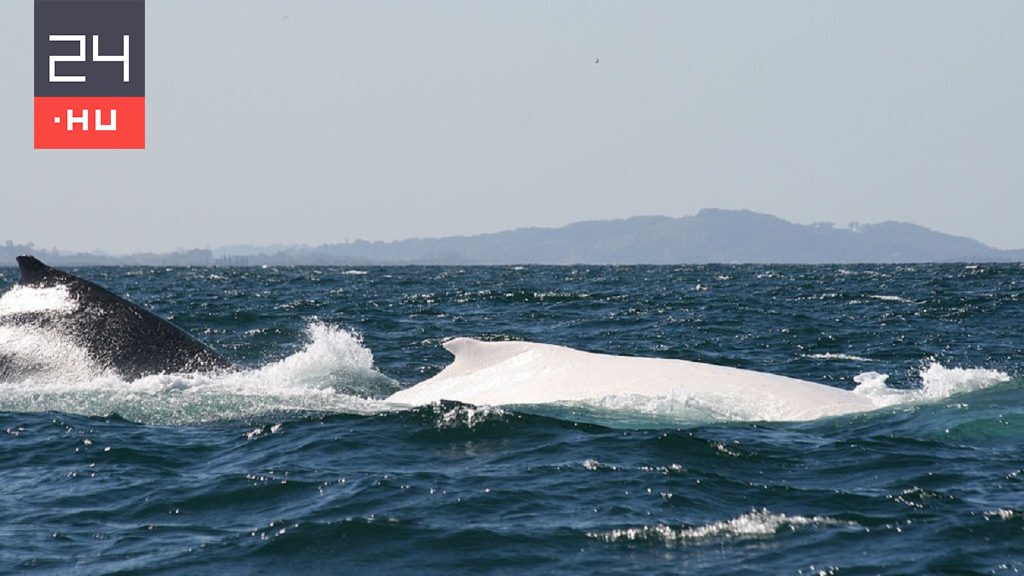At this time of year, humpback whales arrive in droves off the east and west coasts of Australia from Antarctic waters to find a mate in the warmer waters, and then the females give birth to their calves. Experts predict that about 40,000 specimens could migrate along the migration route this year, and the famous individual is particularly busy with experts and ordinary people.
Vanessa Perottaa wildlife researcher at Macquarie University Conversation It says no one has seen him yet Megalo. The all-white animal is well known, based on specimens collected from the whale, experts know that a genetic change is responsible for the individual’s individual carbon, and he is in his thirties, so he is in its prime.
Migaloo is a real celebrity among the people of eastern Australia, but he is his own personality Twitter profile And the side He is van. This animal was first observed in 1991 and has since appeared in unexpected times and places, once in New Zealand, for example. The specimen was last officially seen two years ago.
There has been a lot of interest around Migaloo’s annual research, with lots of volunteers involved in the project. Identifying an individual is not easy, swimming upside down makes it easy to think whales are white because of their white stomachs. An additional problem is that changes in the ocean, such as changes in currents, can alter the migration path and migration time of long-winged birds.
The appearance of the Migaloo is influenced by a number of factors, including environmental factors. The sample, like its counterparts, has a lot of danger, so the risk of collision with ships is latent.
In 2022, the whale migration could continue until October or November. Experts are confident that volunteers will be able to document the rare white animal once again.












































